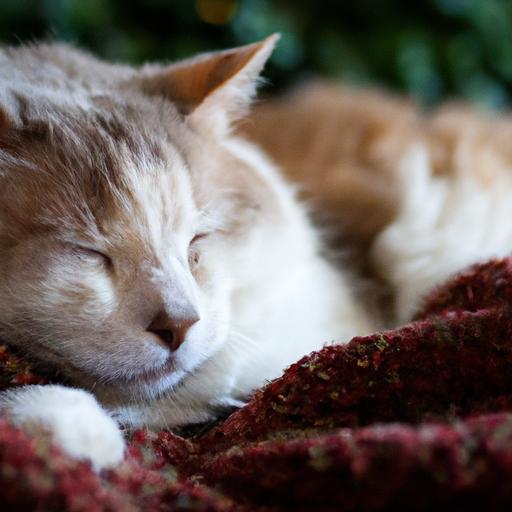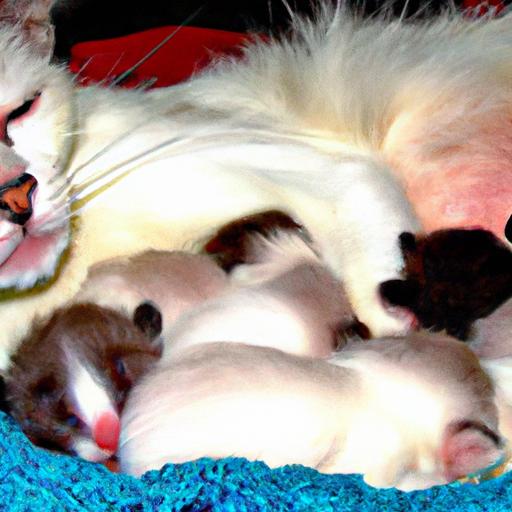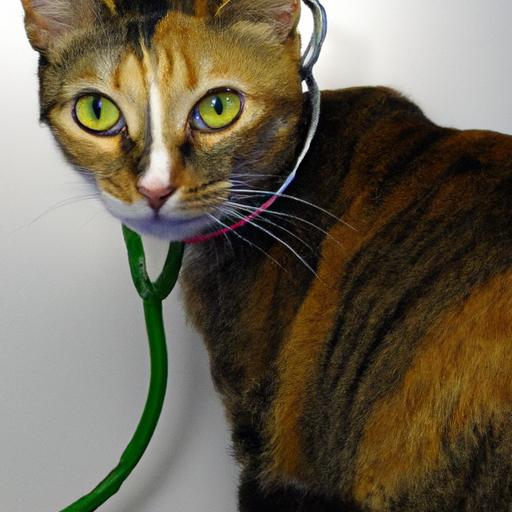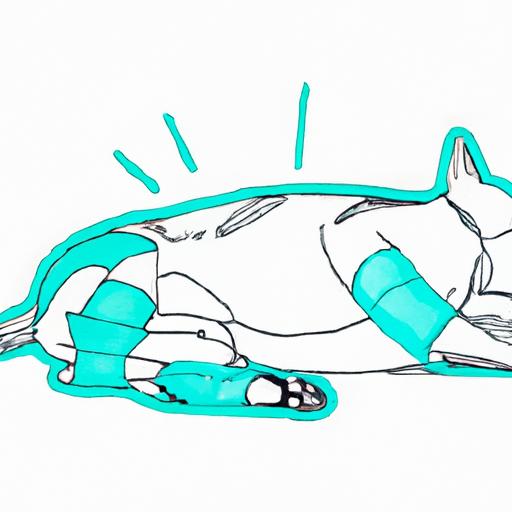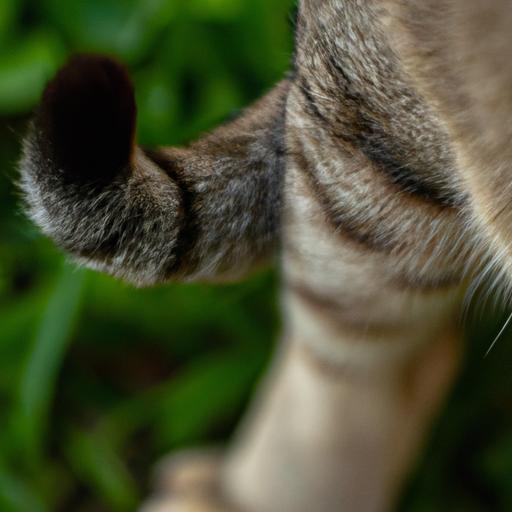
Recognizing Symptoms of Feline Hypomagnesemia
Learn to identify the signs of feline hypomagnesemia. Recognizing symptoms of this condition is crucial for your cat’s health and well-being.
Introduction
As cat owners, we always strive to ensure the well-being of our feline companions. One crucial aspect of their health is recognizing and addressing potential medical conditions promptly. Feline hypomagnesemia, also known as low magnesium levels in cats, is a condition that requires attention. In this article, we will explore the symptoms of feline hypomagnesemia and highlight the importance of early recognition. By understanding these symptoms, you can take proactive steps to safeguard your cat’s health.
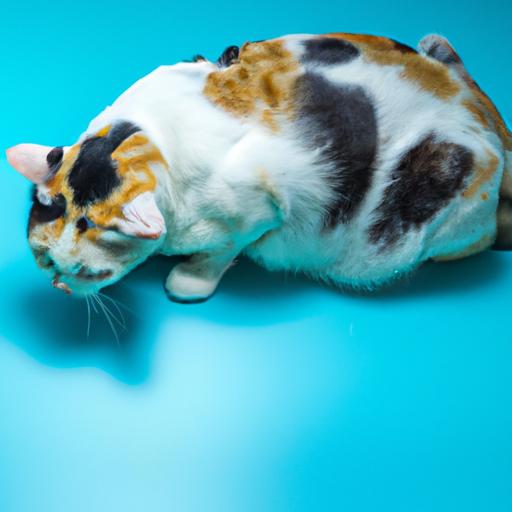
Recognizing Symptoms of Feline Hypomagnesemia
Before we delve into the symptoms, it is important to grasp the role of magnesium in a cat’s body. Magnesium plays a vital role in various physiological processes, including muscle and nerve function, protein synthesis, and energy metabolism. A deficiency in magnesium can lead to numerous complications in cats.
Common Signs and Symptoms of Hypomagnesemia
-
Muscle Tremors and Weakness: Cats with hypomagnesemia may experience muscle tremors, spasms, or weakness. These physical manifestations can be notable signs of low magnesium levels.
-
Lack of Appetite and Weight Loss: If your cat suddenly loses interest in food and experiences unexplained weight loss, it could be a symptom of hypomagnesemia. The condition can affect their appetite, leading to nutritional deficiencies.
-
Vomiting and Diarrhea: Gastrointestinal disturbances, such as frequent vomiting and diarrhea, can be indicative of feline hypomagnesemia. It is essential to monitor any changes in your cat’s digestive patterns.
-
Behavioral Changes and Restlessness: Cats with low magnesium levels may display unusual behavior, such as increased restlessness, irritability, or excessive grooming. These changes in behavior should not be overlooked.
-
Urinary Tract Issues: Hypomagnesemia can contribute to urinary tract problems in cats, including the formation of urinary stones or crystals. If your cat experiences difficulties in urination or shows signs of discomfort, it is crucial to seek veterinary attention.
Factors that Increase the Risk of Hypomagnesemia
Several factors can increase a cat’s susceptibility to hypomagnesemia. By understanding these risk factors, you can take preventive measures to safeguard your cat’s health.
-
Breed Predispositions: Certain cat breeds, such as Burmese and Siamese cats, are more prone to developing hypomagnesemia. Being aware of your cat’s breed can help you stay vigilant and proactive in monitoring their magnesium levels.
-
Dietary Factors: A cat’s diet plays a significant role in maintaining adequate magnesium levels. Feeding your cat a balanced diet that includes magnesium-rich foods can help prevent deficiencies. Consult with your veterinarian to ensure your cat’s nutritional needs are met.
-
Underlying Medical Conditions: Cats with certain medical conditions, such as gastrointestinal disorders, kidney disease, or hyperthyroidism, may have an increased risk of hypomagnesemia. Regular veterinary check-ups can help identify and manage these conditions effectively.
FAQ (Frequently Asked Questions)
To provide further clarity on feline hypomagnesemia, let’s address some frequently asked questions:
What is the prevalence of hypomagnesemia in cats?
The prevalence of hypomagnesemia in cats varies depending on factors such as breed, age, and overall health. While it may not be a common condition, it is essential to recognize its symptoms to ensure early intervention when necessary.
How is feline hypomagnesemia diagnosed?
Diagnosing hypomagnesemia typically involves a thorough physical examination, blood tests, and urine analysis. Your veterinarian will assess your cat’s medical history and symptoms to determine the appropriate diagnostic approach.
Can hypomagnesemia be prevented through diet?
A well-balanced diet that includes magnesium-rich foods can help prevent hypomagnesemia. Consult with your veterinarian to ensure your cat’s diet meets their nutritional needs and includes adequate magnesium content.
Are there any specific treatment options for hypomagnesemia?
The treatment of hypomagnesemia depends on its severity and underlying causes. In many cases, magnesium supplements or changes in diet may be recommended. However, it is crucial to consult with a veterinarian for an accurate diagnosis and tailored treatment plan.
Is hypomagnesemia a life-threatening condition for cats?
Untreated or severe cases of hypomagnesemia can have severe consequences for cats, potentially leading to cardiac abnormalities, seizures, or even death. Early recognition and appropriate treatment are vital to ensure the well-being of your feline companion.
Conclusion
Recognizing the symptoms of feline hypomagnesemia is paramount for the health and well-being of your cat. By understanding the signs, such as muscle tremors, lack of appetite, vomiting, behavioral changes, and urinary tract issues, you can take prompt action and seek veterinary assistance when needed. Remember to be proactive in providing a balanced diet and ensuring regular veterinary check-ups to maintain your cat’s overall health. By staying vigilant and informed, you can help your feline friend lead a happy and healthy life.


